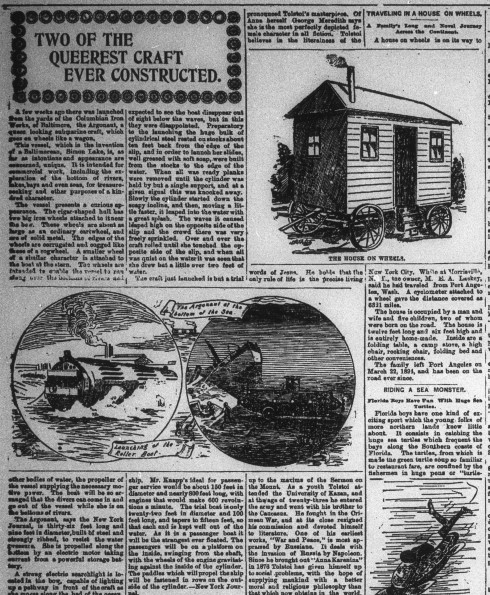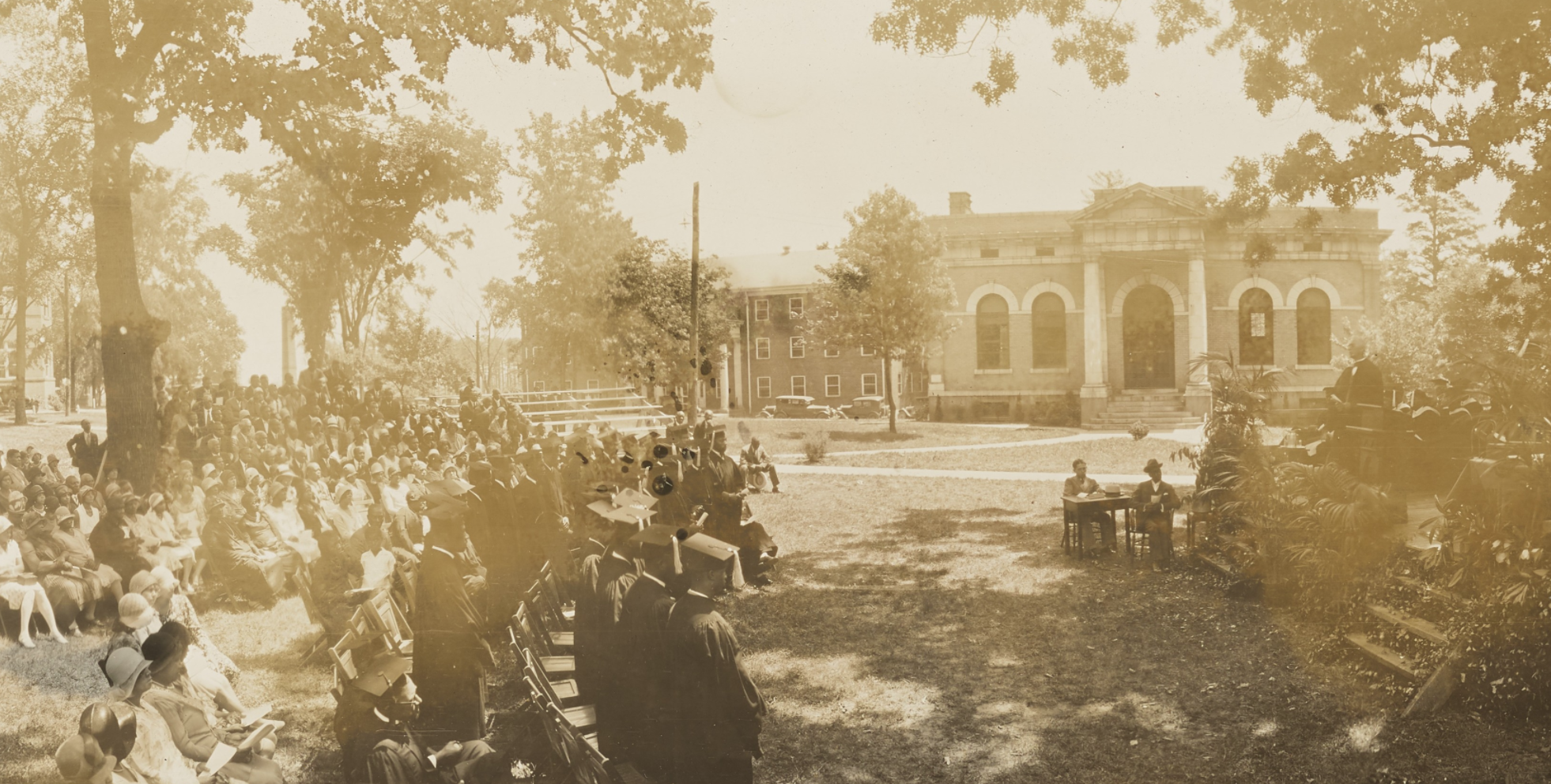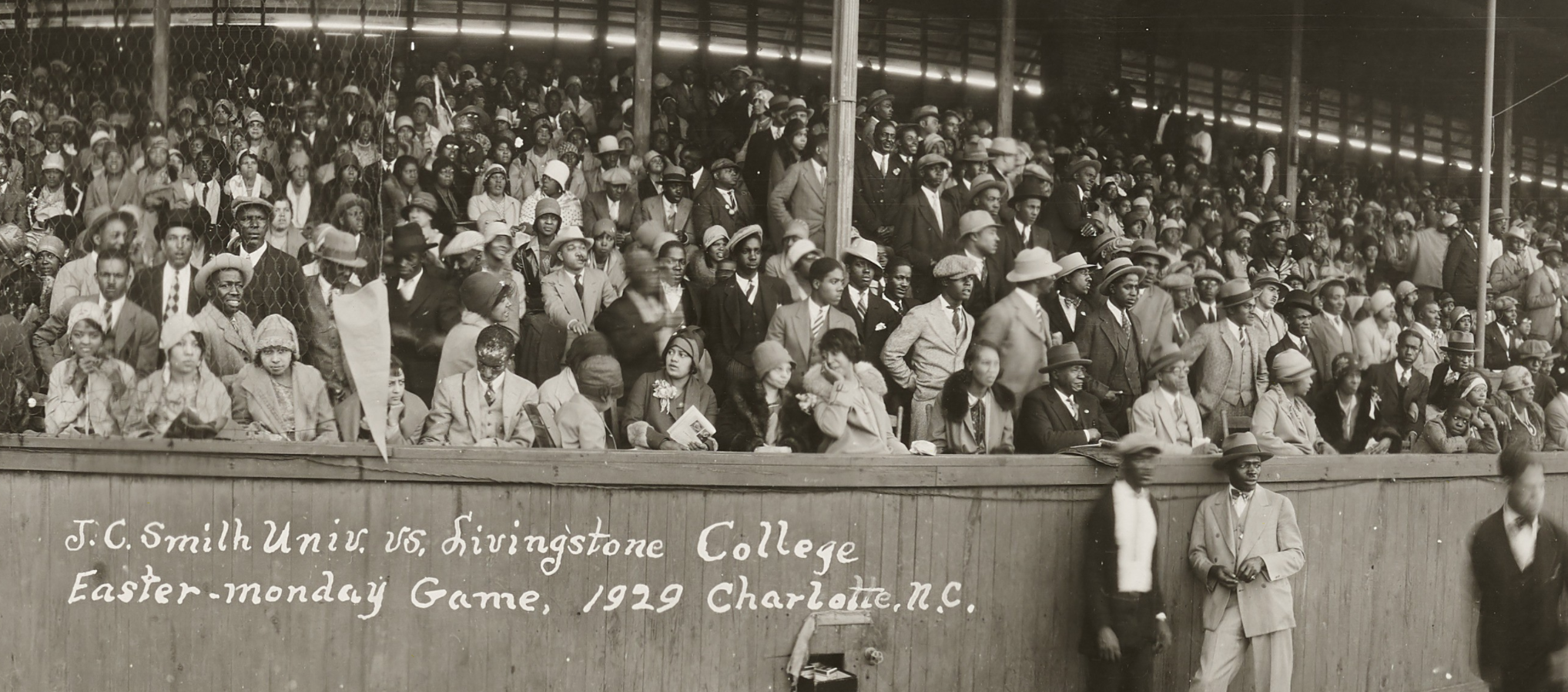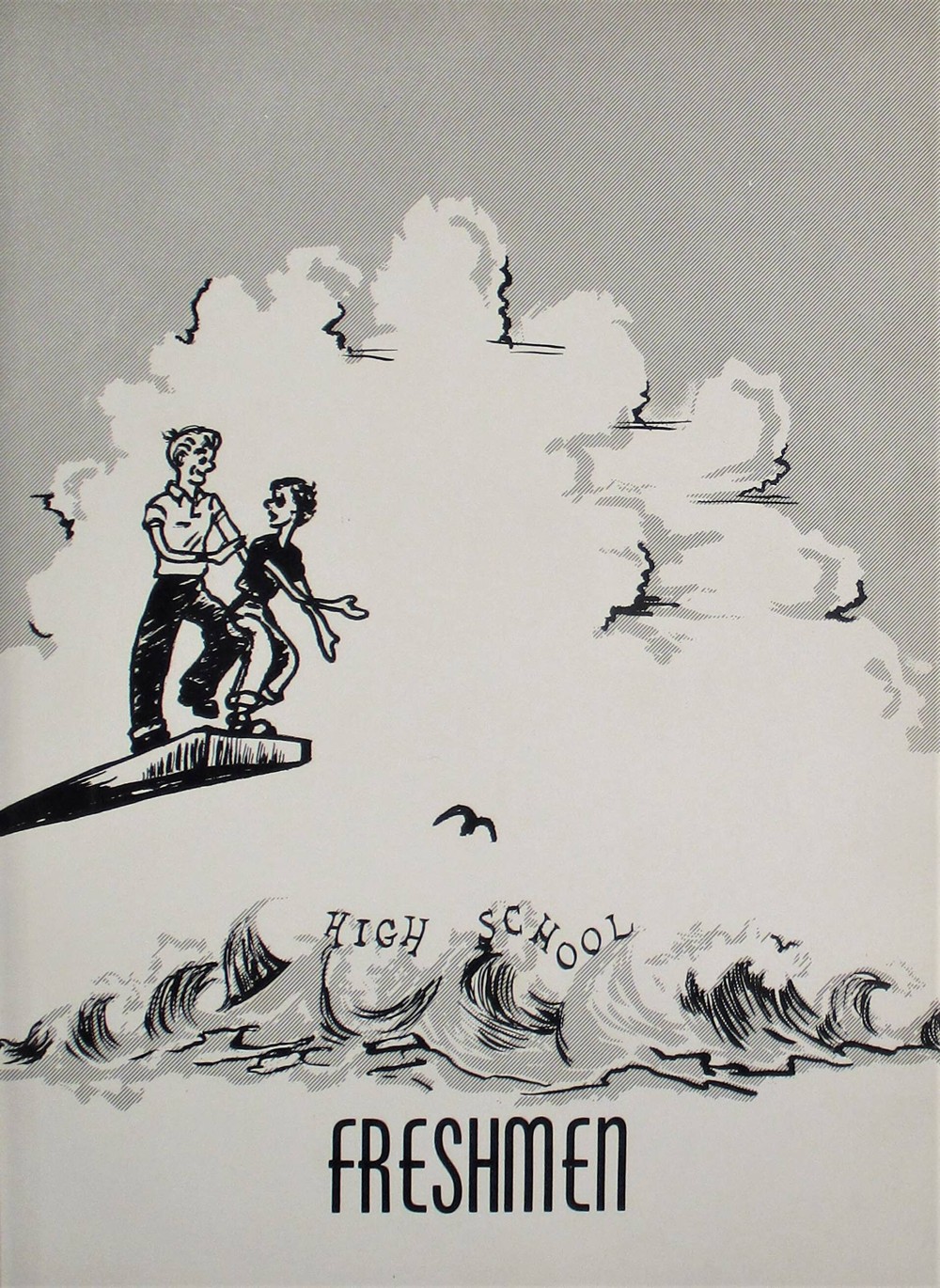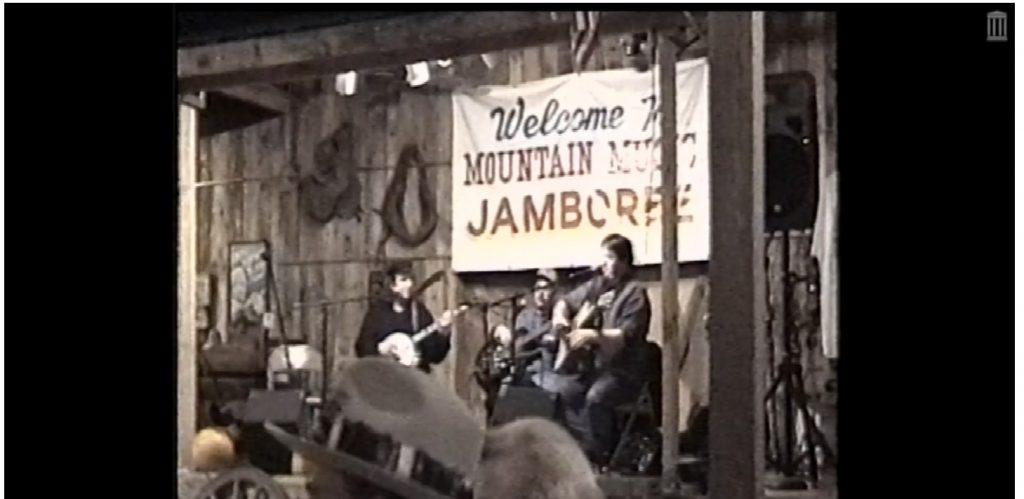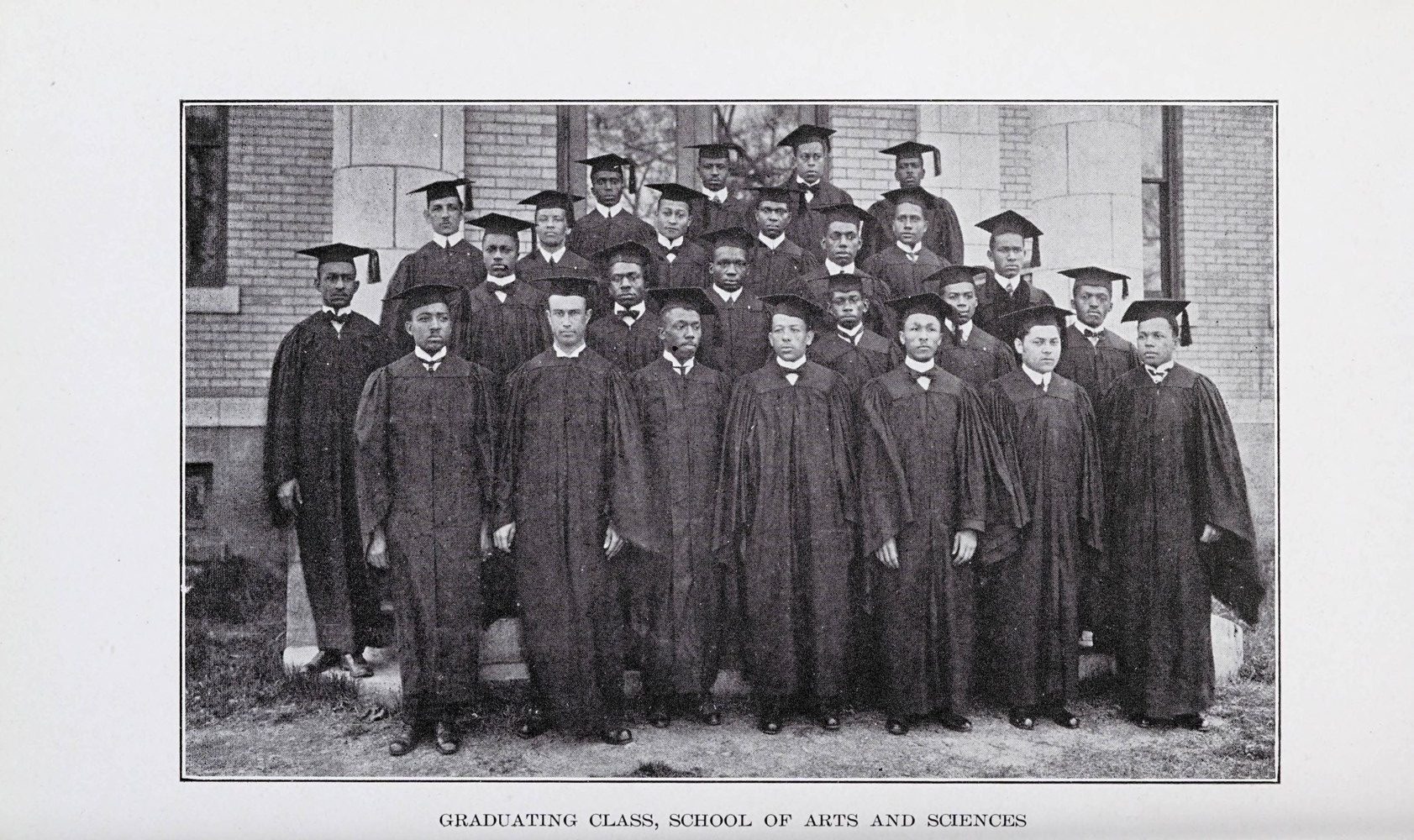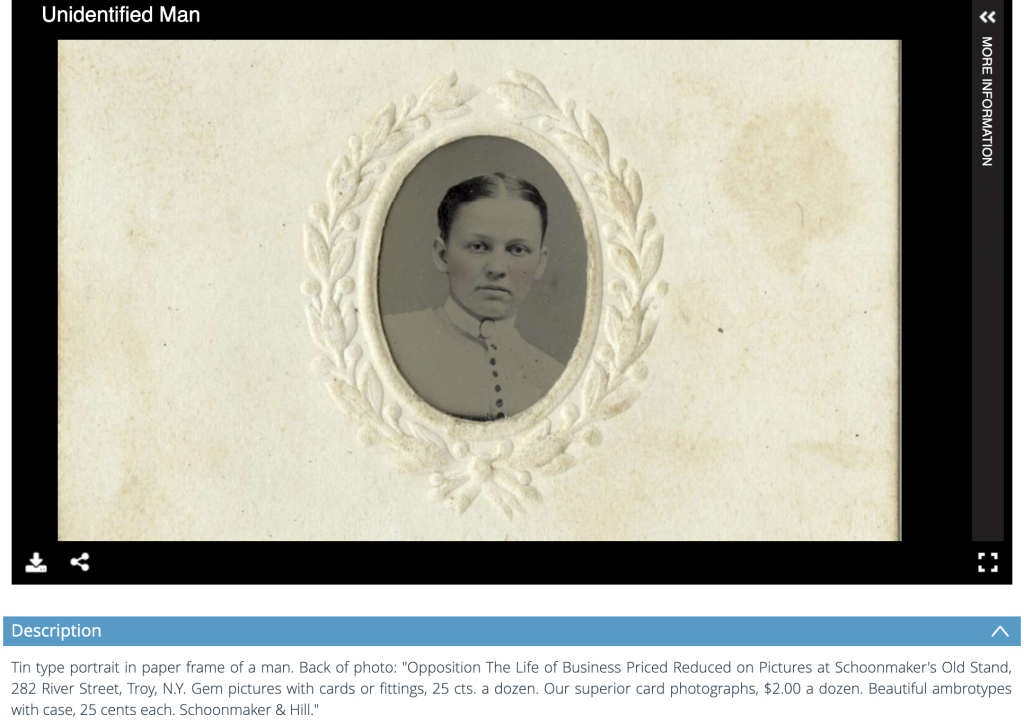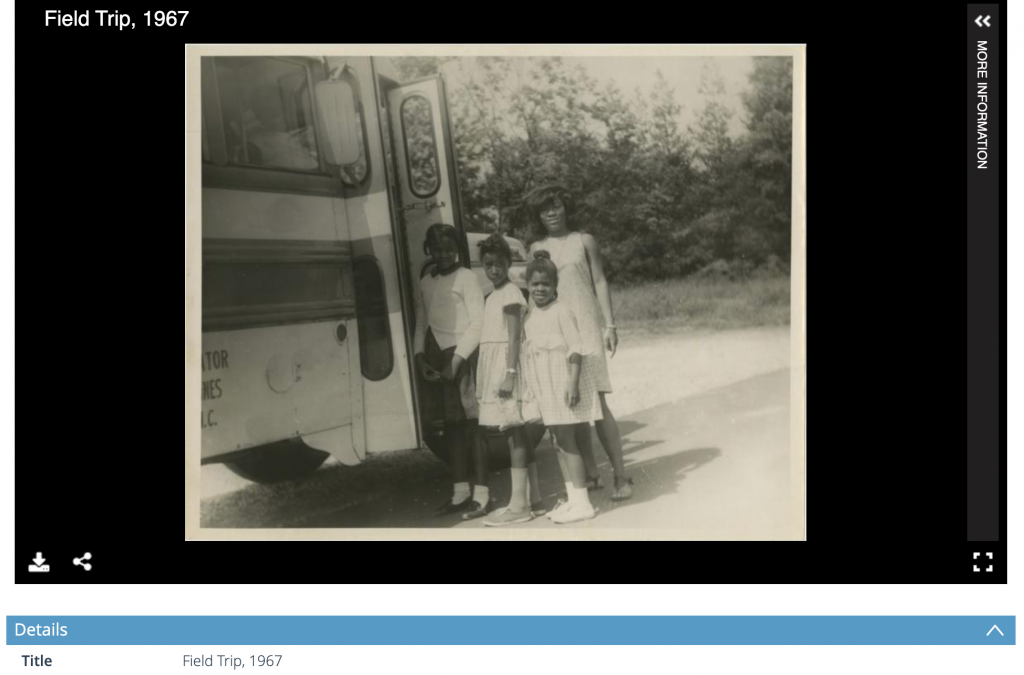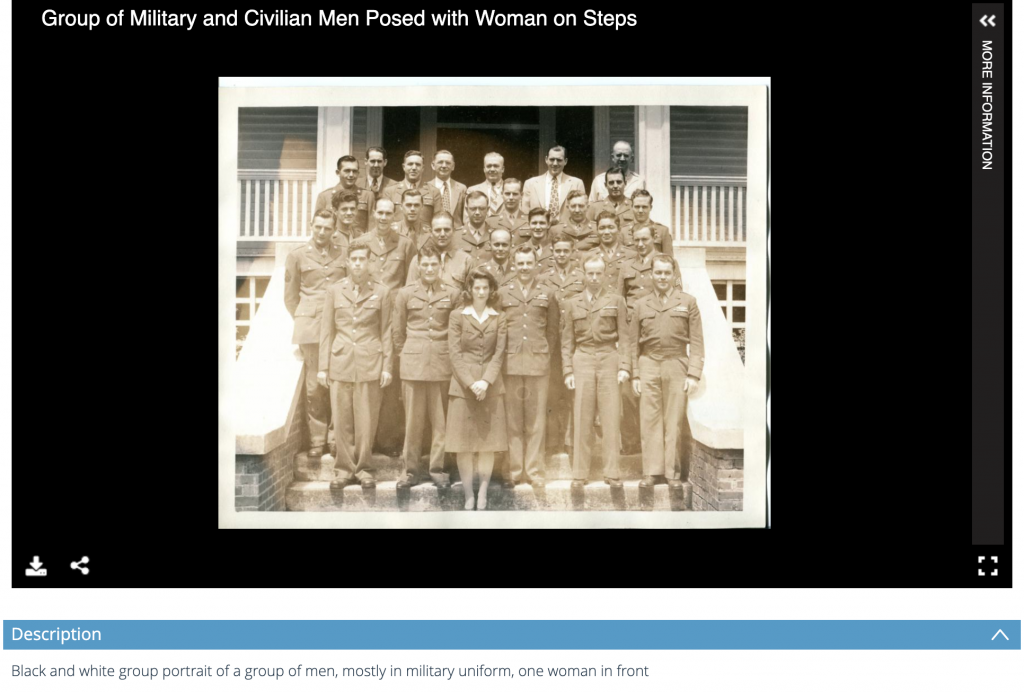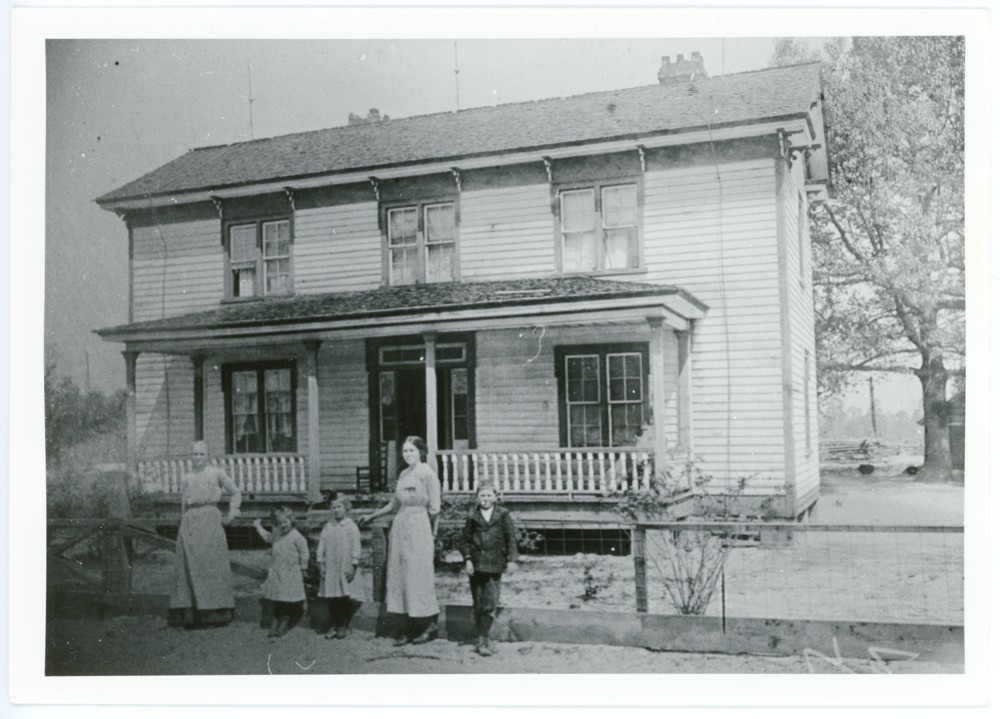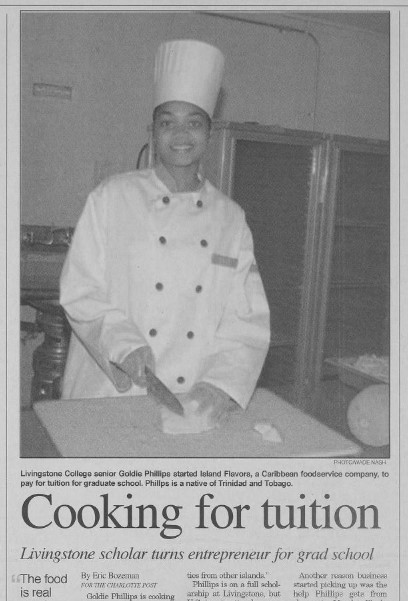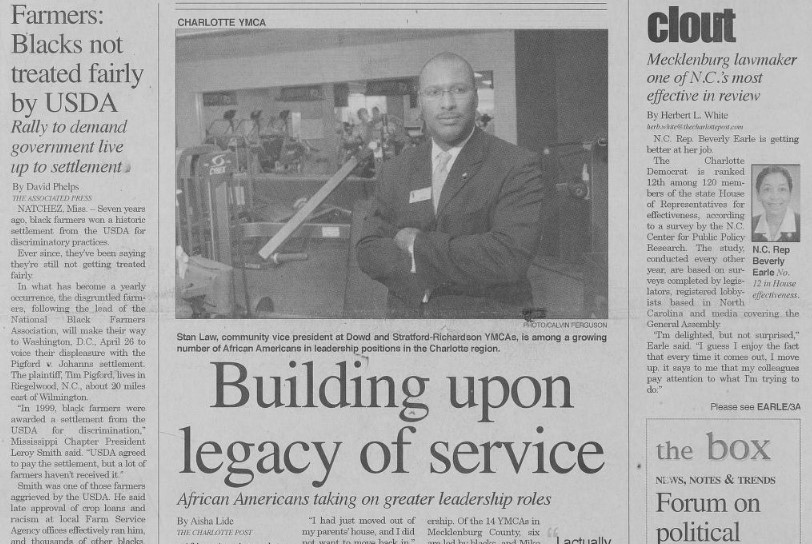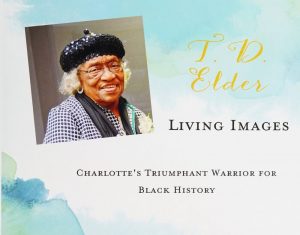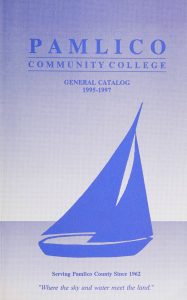To continue the steps taken to promote equal representation throughout DigitalNC’s collections, as initially brought up in the recent blog post We Can Do Better: Making Our Metadata More Equitable, the NCDHC staff is becoming more committed to inclusivity through changing exclusive terminology. For this update, we’re specifically looking at the gendered and presumptive terms used in the title and description metadata categories of our visual collections. These changes, while perhaps small in effort, are a big step towards reimaging how we can be better stewards of history, especially to those individuals who are brought into our collections without an identity.
As alluded to, many of the images we digitize and upload to DigitalNC come with little to no background information. This means that we have to decide how to both title and describe the people or events depicted. Unfortunately, inherent bias always presents complications when it comes to description. Language holds enormous power and influences how we perceive an image, whether we realize it or not. While we have to use words to make images searchable, we, in doing so, use our own subjective viewpoint to give that image meaning.
For example, here is an image along with the accompanying title and description on DigitalNC:
As you may have noticed, the title and description state that this individual is a man. If you were writing this description, would you also assume that this person is a man?
Here is another image on DigitalNC:
If you were to add a description of the individuals in this photo to illustrate their age, how would you phrase it? Do you see four children or do you see three children and one adult? Does the title of the image influence your opinion?
Here’s one final image:
From the caption, it is assumed that the woman is not in military uniform and is separate from the group in some way. Would you agree with this assumption? Do you think she might have a role in this photograph that is misrepresented in this title or description?
As you can tell, describing an image that everyone would agree to is tricky when given little to no context.
On top of that, we also have to make sure that these words are purposeful; purposeful means that, in addition to thinking about how you would search our collections, we have to acknowledge how the individuals or events in an image want to represent themselves. We may never know how these unidentified people would describe themselves or what gender they identify with, but deciding to use inclusive terminology is the most respectful way of making sure we are not misinterpreting, and therefore misaligning, the people or events in our collections.
In an effort to diminish the subjective viewpoint, here are the new changes you will be seeing in the visual collections on DigitalNC:
- If family relationships are given information about the individuals in the image, gendered terms are used.
- When there is no information given about the individuals in the image, gender neutral terms are used.
- We will strive not to make assumptions about the individuals in the photograph when there is no contextual verification.
For example, in this photo of the Westbrook Family, we are aware of the names and relationships of the family members, so we have the description arranged as:
Left to right: Geneva Elenor (Woodall) Westbrook (wife of Eldridge Troy Westbrook); Geneva Louise Westbrook (Cox) (daughter); Mary Elizabeth Westbrook (Flowers) (daughter); Annie Maude Westbrook (daughter); Ivan Earl Westbrook (son).
We can indicate the individuals as mother, daughter, and son because this information was given with the photo.
However, in this photo to the left, no identifying information was given with the photo, therefore the title and description remain gender neutral:
A color photograph of two adults standing side by side, holding beverages, in front of an indoor fireplace.
This photo also provokes the third point- assumptions without context. At first glance, an image like this could bring to mind a couple; that, because they are standing close together and could be presumed a man and woman, they are married. With no way to prove that beyond our own biases, we choose to only note what is actually occurring in this photo.
So, are we losing anything in this process? Hopefully not much, if anything. Images will still be searchable by major subjects- you can browse through all of them here. Plenty of images are also attributed to collections and exhibits, such as the Asheville YWCA Photograph Collection, to make research easier. And, of course, you can always use the advanced search to rifle through all our images.
Subjectivity can’t be ruled out completely and we will still be making choices that will affect the viewing of an image. This update is a work in progress and you will no doubt see some inconsistencies on DigitalNC, but we hope that this explanation gives some insight into our equitable metadata mission. And if you ever see a familiar face or have information on an image, don’t hesitate to comment (there’s a comment box at the bottom of every image on DigitalNC) or reach out!

